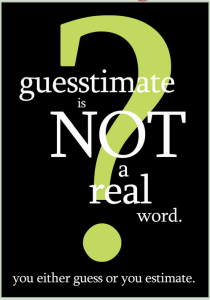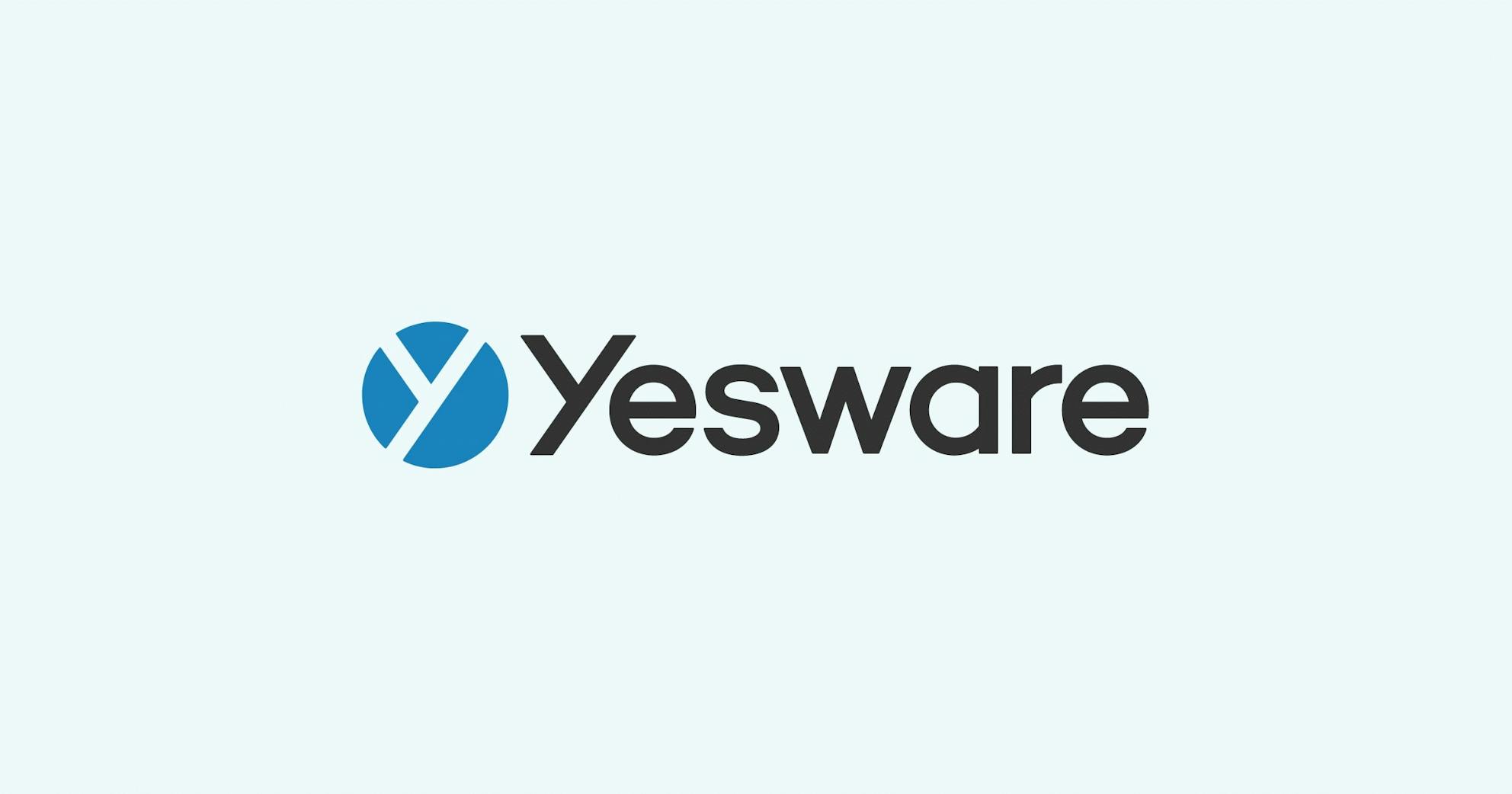Stop Guesstimating Your Sales Forecasts
Matthew Bellows
 For anyone running a sales organization, the 48 hours before a pipeline presentation are the worst days of the month. The pipeline meeting is where you tell management your team’s sales forecast for the next month, and no matter how good your numbers were last month, your work life is a mess.
For anyone running a sales organization, the 48 hours before a pipeline presentation are the worst days of the month. The pipeline meeting is where you tell management your team’s sales forecast for the next month, and no matter how good your numbers were last month, your work life is a mess.
In the days and weeks leading up to this point, you’ve had everyone send you their individual and team projections. You’ve told them, “Update me on the deals you’ve been working on, tell me about the new ones, estimate when they are going to close, and give me a percentage chance for each one.”
You have been diligent in managing your people and in creating compensation plans that reward consistency and predictability. You have stayed on top of the major deals. You have put in place sales training and a market-leading, cloud-based CRM system. Everyone on your teams spends hours each week typing updates, but for those 48 hours, none of it seems to help much.
Basically, you’re going into the pipeline meeting and giving your bosses your best guess, because you lack the tools to offer something more precise.
Sales Team Data
But how can forecasting sales data be much of a problem? The performance of the sales team has always been the most measurable in a company. At the end of every week, month, quarter, and year, the result of sales activity is shown on the top line for all to see.
There are two reasons. First, the obvious: the higher you go in the organization, the less connected you are to the deals happening beneath you — and the more vulnerable you are to individual reps or teams, either purposely or subconsciously, altering their pipeline projections to suit their needs. This is no different from how people in non-sales functions push to create budgets and targets they know they can beat.
The second reason for the sales manager’s pain is that when it comes to gathering data about upcoming sales possibilities, companies, and CRM systems rarely measure anything real. For most kinds of business-to-business selling, your CRM database is an outdated collection of anecdotes and guesses. The fewer the deals, and the longer the sales cycle, the less your “data” matches reality. The stuff that does get accumulated in spreadsheets and CRM systems looks like data — there are dollar signs and probabilities next to prospect names — but it’s not. It’s really just the opinions, guesses, estimates, and suppositions of your sales team.
Thus, the terrible two days. The number you present to your bosses will look definitive, and your reputation will be staked to it. You will have padded it, of course, and your boss will push back and demand that you raise it. You’ll settle on a compromise, but you’ll leave the room anxious because you know that there’s nothing firm and reliable to back it up.
Why is this the best we, as sales leaders, can do? Because for the most part we are collecting and summing opinions instead of data.
The Future of Sales Forecasting
Some innovative sales organizations are starting to move away from the old ways. The growth of inside sales teams and the increasing emphasis on more measurable sales channels like phone calls and emails is a start. And while CRM systems have their shortcomings, the central repository of information and leads at least gives the harried manager a single pile through which to dig.
But there will be no end to the stress, the chaos, and the cognitive dissonance of the 48 hours before the pipeline meeting unless we change. We have to start caring more about sales activities, the specific actions that salespeople and sales teams perform to close more business. We need to know how many phone calls, emails, demos, and visits it takes for our teams to close a deal. Then we need to measure the underlying data for each team member without requiring them to report on themselves.
So this is a call to innovative sales leaders, sales operations people, technology and service providers, and the top companies of the CRM industry. Let’s build the processes, the services, and the tools we need to collect data instead of opinions. Let’s learn to build forecasts based on what we do instead of what we say. And most importantly, let’s help our salespeople succeed instead of weighing them down with processes that waste valuable time and money.
It’s the only way to improve those awful 48 hours. And along the way, we’ll find ways to make a whole lot more money.
Note: A somewhat modified version of this post first appeared on HBR.com.
Get sales tips and strategies delivered straight to your inbox.
Yesware will help you generate more sales right from your inbox. Try our Outlook add-on or Gmail Chrome extension for free, forever!
Related Articles
Melissa Williams
Melissa Williams
Casey O'Connor
Sales, deal management, and communication tips for your inbox

